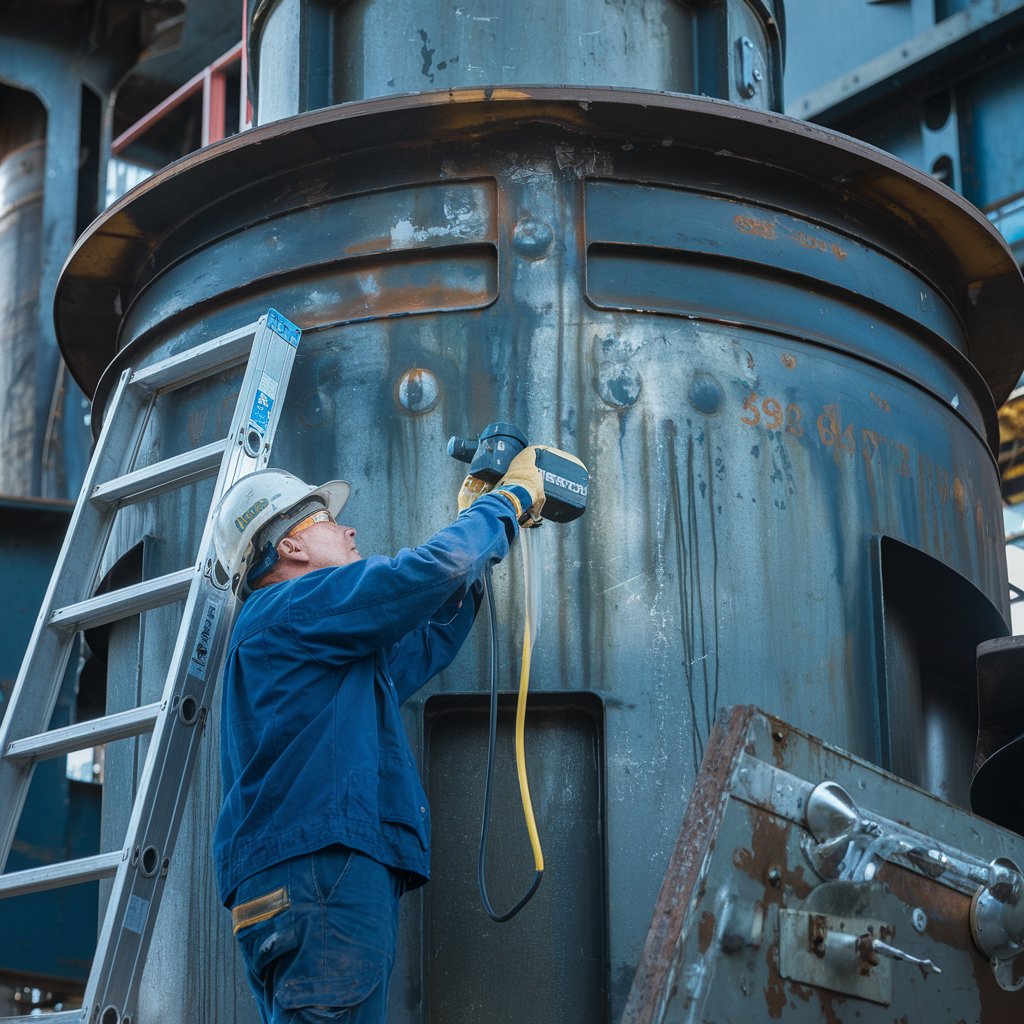Non-destructive testing (NDT) and inspection are essential processes utilized across a wide range of industries, including aerospace, automotive, manufacturing, and construction. These techniques allow organizations to evaluate the integrity of materials and structures without causing damage, thus ensuring safety and compliance with stringent regulatory standards. By identifying defects that could lead to catastrophic failures, NDT is critical in maintaining the reliability and longevity of components.
NDT and inspection industry outlook
The NDT and inspection industry is expected to reach USD 18.4 billion by 2029 from 11.6 billion in 2024, at a CAGR of 9.6% during the 2024-2029 period. Various companies are investing in NDT and Inspection which gives an opportunity for growth in the NDT and Inspection industry . The NDT and Inspection industry is continuously developing, with the presence of multiple players. North America is likely to contribute significantly to the growth of the NDT and Inspection industry . Similarly, the Asia Pacific, Europe, and RoW regions are expected to be the growing market for the forecasted period.
Inspection Techniques and NDT Technologies
One of the most widely used NDT techniques is Ultrasonic Testing (UT). This method employs high-frequency sound waves to penetrate materials and detect internal flaws. A transducer emits sound pulses, which reflect off boundaries, such as cracks or the back wall of the test piece. By analyzing the reflected waves, operators can assess the material’s thickness and identify any defects. UT is particularly effective for inspecting welds, measuring the thickness of pipelines and pressure vessels, and evaluating a variety of materials including metals and composites.
Another prominent technique is Radiographic Testing (RT), which uses X-rays or gamma rays to create images of a material’s internal structure. The resulting radiographs reveal internal defects such as voids, cracks, or inclusions. RT is commonly applied in industries for inspecting welds, evaluating aerospace components, and assessing the integrity of castings. Its ability to provide detailed images makes it a valuable tool for comprehensive structural analysis.
Download PDF Brochure @ https://www.marketsandmarkets.com/pdfdownloadNew.asp?id=882

Magnetic Particle Testing (MT) is another effective NDT method that involves magnetizing ferromagnetic materials and applying fine magnetic particles to their surface. Any surface or near-surface defects cause the particles to cluster, making them visible. MT is especially useful for inspecting steel components, such as gears and railway tracks. This technique is quick, cost-effective, and capable of providing immediate results, making it a go-to option for many inspectors.
Liquid Penetrant Testing (PT) is a straightforward and economical NDT method that applies a liquid dye to the surface of a non-porous material. After allowing the dye to penetrate for a specified time, excess dye is removed, and a developer is applied to reveal any surface flaws. PT is effective for a range of materials and is commonly used in weld inspections and casting evaluations, offering immediate indications of defects.
Eddy Current Testing (ECT) employs electromagnetic induction to detect flaws in conductive materials. An alternating current generates an electromagnetic field in a coil, which induces eddy currents in the material. Any changes in these eddy currents can indicate the presence of defects such as cracks or corrosion. ECT is highly sensitive and does not require extensive surface preparation, making it a versatile tool for field inspections, particularly in aerospace and automotive applications.
Emerging technologies are reshaping the NDT landscape significantly. Digital Radiography (DR) provides advantages over traditional radiographic methods, allowing for faster processing times and enhanced image quality. With digital detectors, operators can access high-resolution images immediately, facilitating quicker analysis and decision-making. Thermography, which uses infrared cameras to detect thermal variations, is also gaining traction. This technique helps identify insulation defects, electrical issues, and moisture problems, making it valuable for predictive maintenance in various sectors.
The integration of robotics and artificial intelligence (AI) into NDT processes is further revolutionizing the industry. Automated systems equipped with advanced sensors can conduct inspections in hazardous environments, such as confined spaces or at great heights, increasing safety for personnel. Additionally, AI enhances data analysis capabilities, allowing for more accurate defect detection and predictive maintenance. By analyzing historical data, AI systems can identify patterns and optimize inspection protocols, streamlining processes and improving overall efficiency.
As the NDT and inspection industry evolves, professionals must stay informed about these technological advancements. Understanding the latest inspection techniques and emerging NDT technologies is crucial for maintaining high safety and quality standards. By adopting these innovations, organizations can ensure reliable performance and safety in materials and structures, ultimately contributing to better outcomes across various sectors. With ongoing advancements, the future of NDT promises even greater efficiency, accuracy, and safety in inspections, helping to mitigate risks and enhance operational integrity.
